Fifty years after the March on Washington, Dr. King’s most famous speech, like his own political legacy, is widely misunderstood.
Adapted from The Speech: The Story Behind Martin Luther King Jr.s Dream, by Gary Younge. Haymarket Books
When Dr. Martin Luther King Jr. took the podium on August 28, 1963, the Department of Justice was watching. Fearing that someone might hijack the microphone to make inflammatory statements, the Kennedy DOJ came up with a plan to silence the speaker, just in case. In such an eventuality, an official was seated next to the sound system, holding a recording of Mahalia Jackson singing “He’s Got the Whole World in His Hands,” which he planned to play to placate the crowd.
Half a century after the March on Washington and the famous “I Have a Dream” speech, the event has been neatly folded into America’s patriotic mythology. Relatively few people know or recall that the Kennedy administration tried to get organizers to call it off; that the FBI tried to dissuade people from coming; that racist senators tried to discredit the leaders; that twice as many Americans had an unfavorable view of the march as a favorable one. Instead, it is hailed not as a dramatic moment of mass, multiracial dissidence, but as a jamboree in Benetton Technicolor, exemplifying the nation’s unrelenting progress toward its founding ideals.
Central to that repackaging of history is the misremembering of King’s speech. It has been cast not as a searing indictment of American racism that still exists, but as an eloquent period piece articulating the travails of a bygone era. So on the fiftieth anniversary of ”I Have a Dream,” “Has King’s dream been realized?” is one of the two most common and, to my mind, least interesting questions asked of the speech..
continue reading The Misremembering of ‘I Have a Dream’

